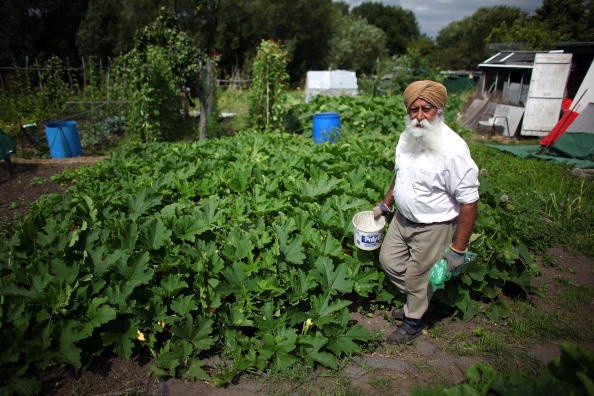
Not every garden is blessed with full sun exposure, but that doesn't mean you can't grow your own vegetables. Many plants can thrive in partial shade, making it possible to cultivate a productive garden even in areas with limited sunlight.
In this guide, we will introduce you to eight vegetables that can flourish in shadier conditions, allowing you to make the most of your garden space regardless of its light exposure.
Lettuce
Lettuce is an excellent choice for shady gardens. It prefers cooler temperatures and can actually benefit from some shade, especially in warmer climates. Lettuce grows quickly and can be harvested multiple times throughout the season. Various types of lettuce, including loose-leaf, romaine, and butter lettuce, all perform well in partial shade. Plant lettuce seeds directly in the garden or start them indoors and transplant them outside.
Spinach
Spinach is another leafy green that thrives in cooler, shadier conditions. It's a fast-growing crop that can be harvested within 4 to 6 weeks of planting. Spinach is rich in nutrients and can be eaten raw in salads or cooked in various dishes. Plant spinach seeds directly in the garden in early spring or late summer for a fall crop. Regular harvesting will encourage continued production.
Beets
Beets are root vegetables that can tolerate partial shade, although they may grow more slowly than in full sun. Both the roots and the leaves are edible, providing two crops in one. Plant beet seeds directly in the garden about 4 to 6 weeks before the last expected frost date. Thin seedlings to allow proper root development. Beets prefer well-drained soil and consistent moisture.
Radishes
Radishes are fast-growing root vegetables that can be ready to harvest in as little as 3 to 4 weeks. They tolerate partial shade well and can be planted multiple times throughout the growing season for continuous harvests. Sow radish seeds directly in the garden, planting them about half an inch deep and one inch apart. Keep the soil consistently moist for best results.
READ NEXT: 5 Common Household Items You Can Reuse in Your Garden
Brussels Sprouts
Brussels sprouts are cool-season vegetables that can handle partial shade, especially in warmer climates where some afternoon shade can be beneficial. These plants take longer to mature, typically 80 to 100 days, but produce a bountiful harvest. Start Brussels sprout seeds indoors 6 to 8 weeks before the last expected frost date, then transplant them outside. Provide rich, well-draining soil and regular fertilization for best results.
Scallions
Also known as green onions, scallions are easy to grow and tolerant of partial shade. They have a milder flavor than full-sized onions and can be harvested at any stage of growth. Plant scallion seeds directly in the garden or start with small bulbs or sets. They grow quickly and can be ready for harvest in as little as 8-10 weeks.
Bok Choy
Bok choy, a type of Chinese cabbage, is well-suited to shadier gardens. It grows quickly and can be harvested within 4-6 weeks of planting. Bok choy prefers cool weather and can be planted in early spring or late summer for a fall crop. Sow seeds directly in the garden or start them indoors for earlier planting. Keep the soil consistently moist for the best growth.




